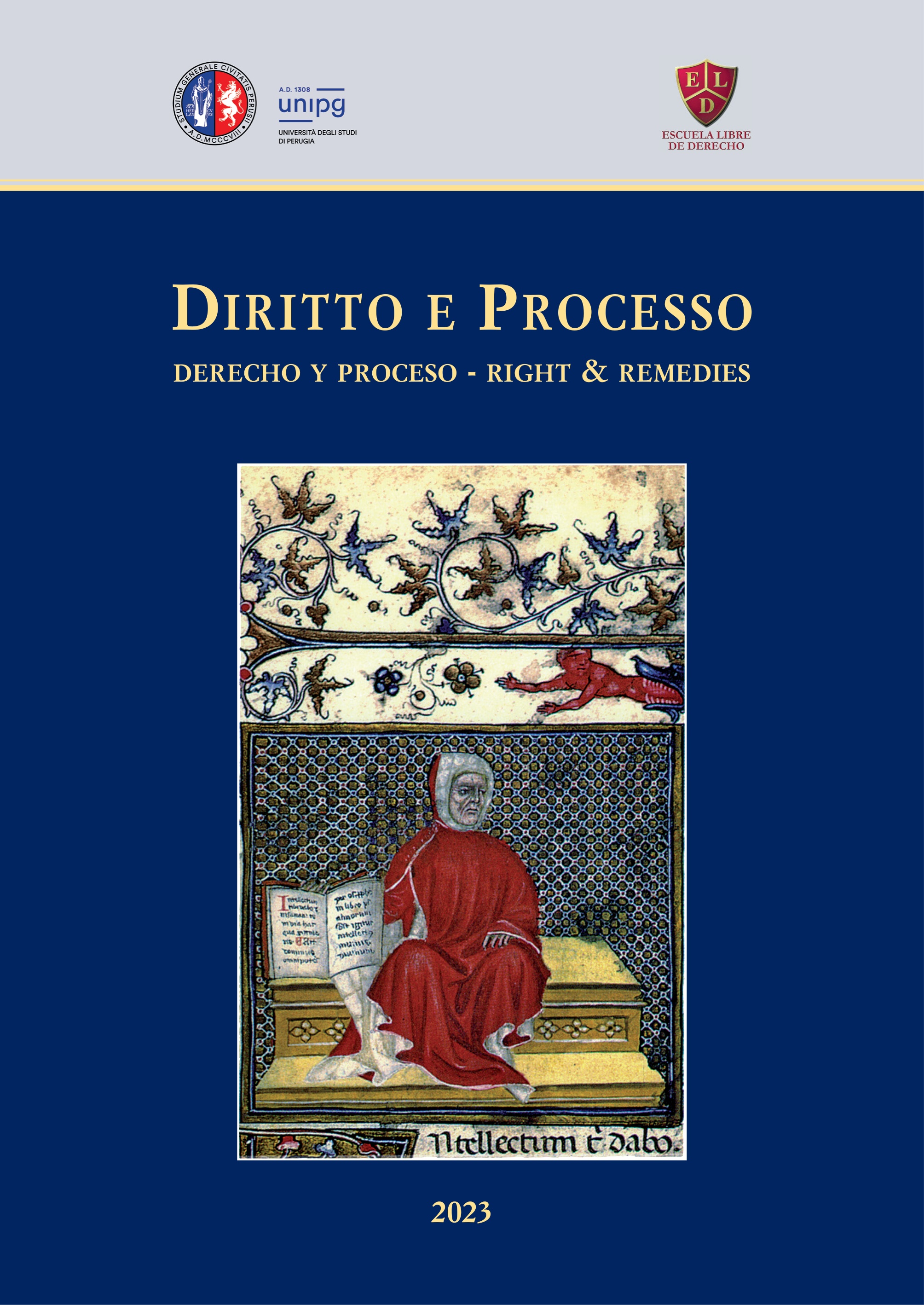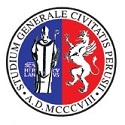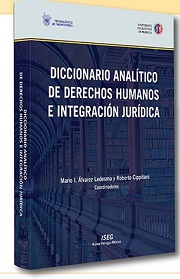 The Review publishes original papers covering a large array of topics in Law, general theory of Law and multidisciplinary studies i.e. ethic issue, legal aspect of technology etc. The Review aims to provide also a forum which facilitates the development of the legal aspects – especially in any field of private law is welcomed - of the scientific research and innovation, at European and International levels. Particular attention will be paid on the rights, obligations and the legal relationships arising from the research and innovation activities, as well as on the contracts to carry out the scientific researches and to exploit the results either in academic, market contexts and human rights. The Review will study the legal discipline of the European and National policies and of the legal instruments to implement them, especially the funding programmes and Human rights. The Review will study the legal discipline of the European and National policies and of the legal instruments to implement them, especially the funding programmes and Human rights.
The Review publishes original papers covering a large array of topics in Law, general theory of Law and multidisciplinary studies i.e. ethic issue, legal aspect of technology etc. The Review aims to provide also a forum which facilitates the development of the legal aspects – especially in any field of private law is welcomed - of the scientific research and innovation, at European and International levels. Particular attention will be paid on the rights, obligations and the legal relationships arising from the research and innovation activities, as well as on the contracts to carry out the scientific researches and to exploit the results either in academic, market contexts and human rights. The Review will study the legal discipline of the European and National policies and of the legal instruments to implement them, especially the funding programmes and Human rights. The Review will study the legal discipline of the European and National policies and of the legal instruments to implement them, especially the funding programmes and Human rights.
Rivista 2023
Recent Comments
- admin:Perugia, 20 may-5 july 2016: Atelier - Summer school of the Jean Monnet Module “EuPlaw” will provide an overview of the contribution of the Contract Law to the European integration process, in order to implement the single market (in terms of: freedoms of circulation for goods, services, capitals and people)
- admin:Civitanova Marche, 01 july 2016 - Unioni civili e convivenze familiari, convegno organizzato da Osservatorio nazionale sul diritto di famiglia e Ordine degli avvocati di Macerata.
Guide for Authors
Published one times a year. During the year will be published special number on specific issue.
Open Access Policy
The Review provides immediate open access to its content on the principle that making research freely available to the public supports a greater global exchange of knowledge.
About the Journal
The Review offers authors the possibility to have their papers accepted in less than three months. The undertaking by the Editorial board to provide a decision within ten weeks from the submission date is motivated by the awareness that, in any field, research activity is characterized by an increasingly rapid circulation of ideas and scientific outcomes. It entails research findings to be published before becoming out-of-date, and hence of minor interest for policy guidance. Clearly, it cannot occur at the cost of a low-quality process of reviewing; for this reason, a direct assessment of the content of the papers, as well as a tight control on the overall reviewing process, is guaranteed by the Editorial board. A preliminary selection might be done by the Editorial Board in order to assess the correspondence of the paper’s content with the aims of the Review. This type of response, that does not necessary imply a negative evaluation of the quality of the work, is finalized to avoid a lengthier procedure for papers with a low probability to be published. Authors have the opportunity to review corrections before publication, provided the articles are submitted to the editors in a timely manner.
Open Access Policy
The Review provides immediate open access to its content on the principle that making research freely available to the public supports a greater global exchange of knowledge.
About the Journal
The Review offers authors the possibility to have their papers accepted in less than three months. The undertaking by the Editorial board to provide a decision within ten weeks from the submission date is motivated by the awareness that, in any field, research activity is characterized by an increasingly rapid circulation of ideas and scientific outcomes. It entails research findings to be published before becoming out-of-date, and hence of minor interest for policy guidance. Clearly, it cannot occur at the cost of a low-quality process of reviewing; for this reason, a direct assessment of the content of the papers, as well as a tight control on the overall reviewing process, is guaranteed by the Editorial board. A preliminary selection might be done by the Editorial Board in order to assess the correspondence of the paper’s content with the aims of the Review. This type of response, that does not necessary imply a negative evaluation of the quality of the work, is finalized to avoid a lengthier procedure for papers with a low probability to be published. Authors have the opportunity to review corrections before publication, provided the articles are submitted to the editors in a timely manner.
Peer Review Process
Manuscripts are reviewed in a unbiased manner, receiving prompt attention by the editorial office and its referees. After a preliminary assessment of the suitability of the paper by the Editor, any paper will follow a double-blinded peer review process. The goal of the Editorial office is of providing the referees’ reports, and the final decision by the Editor, within ten weeks since submission. The whole process will be handled by the Managing Editor, to whom all inquiries should be addressed. In order to ensure full anonymity of the refereeing process, authors are asked to write papers in a way to keep their identity from referees (refraining in particular from citing forthcoming or working papers or self-citation; references to these papers that are deemed necessary can be added in the final version, after acceptance). Referees are asked to provide reports hiding their own identity.
Submission & Technical Requirements
Submission is electronic only saved in MS Word (any version) format. At the initial stage no formatting effort is required.
The paper Authors must submit their texts as an email attachment to:
redazione@rivistadirittoeprocesso.it
valentina.colcelli@progetti.unipg.it
Note
Authors who are not using Windows are requested to provide additional time for the editors to correct errors due to conversion. Text must be saved in a simple format, i.e. without automatic hyphenation, automatic indexing of section headings, with a consistent script, with an unjustified right margin and NO activated hyperlinks or other macros.
Authors of accepted papers will be required to sign a Copyright Transfer Agreement (CTA), supplied by the Editorial office.
Author Guidelines
Submitted manuscripts should have an original content, and should not be published or under consideration for publication elsewhere. Although no maximum length of the papers is imposed, Author(s) are invited to write as concisely as possible.
The submitted file (no in pdf format) should be anonymous, double spaced and should include the title of the paper, an abstract of no more than 150 words, 3 to 4 keyword.
Fonts
Main Body—12 pt. Garamond or the closest comparable font available.
Summary (Main Body—11 pt.) and English Abstract have to be always present.
No Tables, graphs & figures.
Footnote:
Main Body —10 pt. Garamond or the closest comparable font available.
Headings:
Headings should be distinguished from the main body text by their fonts size. Please format headings and sub-headings as follow:
- Capital headings: 13pt. Garamond, or the closest comparable font available, bold and italics;
- Italic sub-headings 12 pt. Times, or the closest comparable font available, bold;
- Italic sub-sub-headings 12 pt. Times, or the closest comparable font available, bold;
REFERENCES
Citation in text
Please ensure that every reference cited in the text is also present in the reference list (and vice versa). Any references cited in the abstract must be given in full. Unpublished results and personal communications are not recommended in the reference list, but may be mentioned in the text. If these references are included in the reference list they should follow the standard reference style of the journal and should include a substitution of the publication date with either 'Unpublished results' or 'Personal communication'. Citation of a reference as 'in press' implies that the item has been accepted for publication.
Web references
As a minimum, the full URL should be given and the date when the reference was last accessed. Any further information, if known (DOI, author names, dates, reference to a source publication, etc.), should also be given. Web references can be listed separately (e.g., after the reference list) under a different heading if desired, or can be included in the reference list.
Reference style
Authors surname (smalls Capitals), Title (Italic), City and year of publication, pages.
Reference to a journal publication
L. Azzena , Il giudice comunitario e la Carta dei diritti fondamentali dell’Unione europea, in Riv. it. dir. pubbl. com., 2001, p. 613 ss.
Reference to a book
A. Palazzo, Testamento e istituti alternativi, Padova, 2008, p. 100.
Reference to a chapter in an edited book
A. Sassi, La tutela civile degli interessi patrimoniali, in A. Palazzo, A. Sassi, F. Scaglione, Permanenze nell’interpretazione civile, Perugia, 2008, p. 117.
Copyright Notice
As further described in our submission agreement, in consideration for publication of the article, the authors assign to the University of Perugia all copyright in the article, subject to the expansive personal-use exceptions described below. Attribution and Usage Policies Reproduction, posting, transmission or other distribution or use of the article or any material therein, in any medium as permitted by a personal-use exemption or by written agreement of the University of Perugia, requires credit to University of Perugia as copyright holder (e.g., University of Perugia © 2011).
Privacy Statement
The names and email addresses entered in this journal site will be used exclusively for the stated purposes of this journal and will not be made available for any other purpose or to any other party.



 In 2012, the proposal led by Universitá degli Studi di Perugia, Italia and the Tecnológico de Monterrey, Mexico City Campus won the contest for the project IR&RI (Individual Rights and Regional Integration). This contest was proposed by the Jean Monnet Programme of the European Union. Due to the funding obtained by such a program and as a result of its efforts, not to mention the international seminars in Italy and Mexico in 2013, two books were published: the anthology Human Rights and Regional Integration and the Analytic Dictionary on Human Rights and Legal Integration...
In 2012, the proposal led by Universitá degli Studi di Perugia, Italia and the Tecnológico de Monterrey, Mexico City Campus won the contest for the project IR&RI (Individual Rights and Regional Integration). This contest was proposed by the Jean Monnet Programme of the European Union. Due to the funding obtained by such a program and as a result of its efforts, not to mention the international seminars in Italy and Mexico in 2013, two books were published: the anthology Human Rights and Regional Integration and the Analytic Dictionary on Human Rights and Legal Integration...